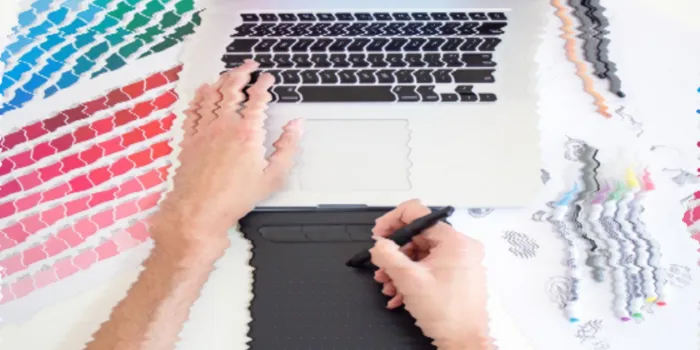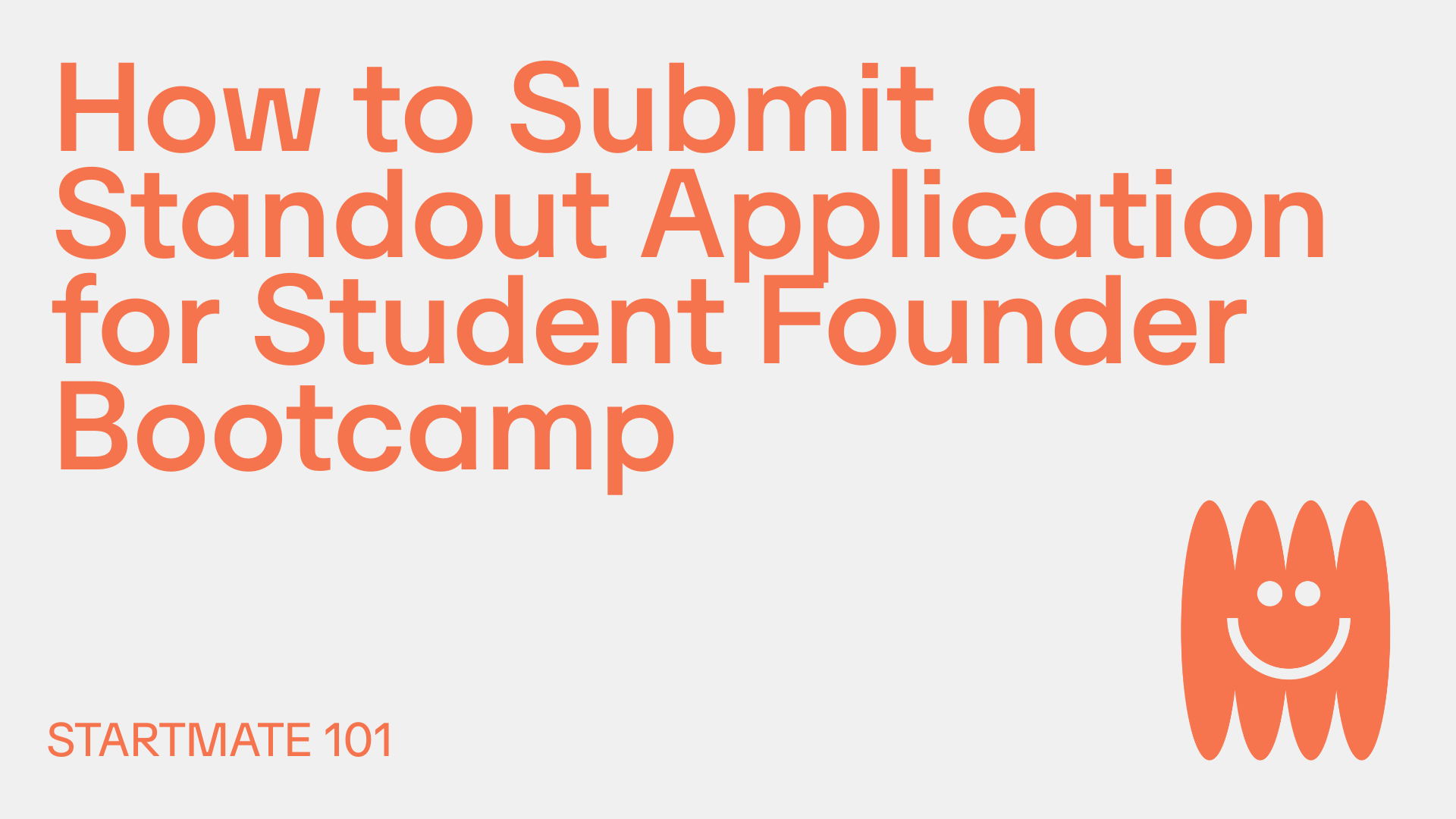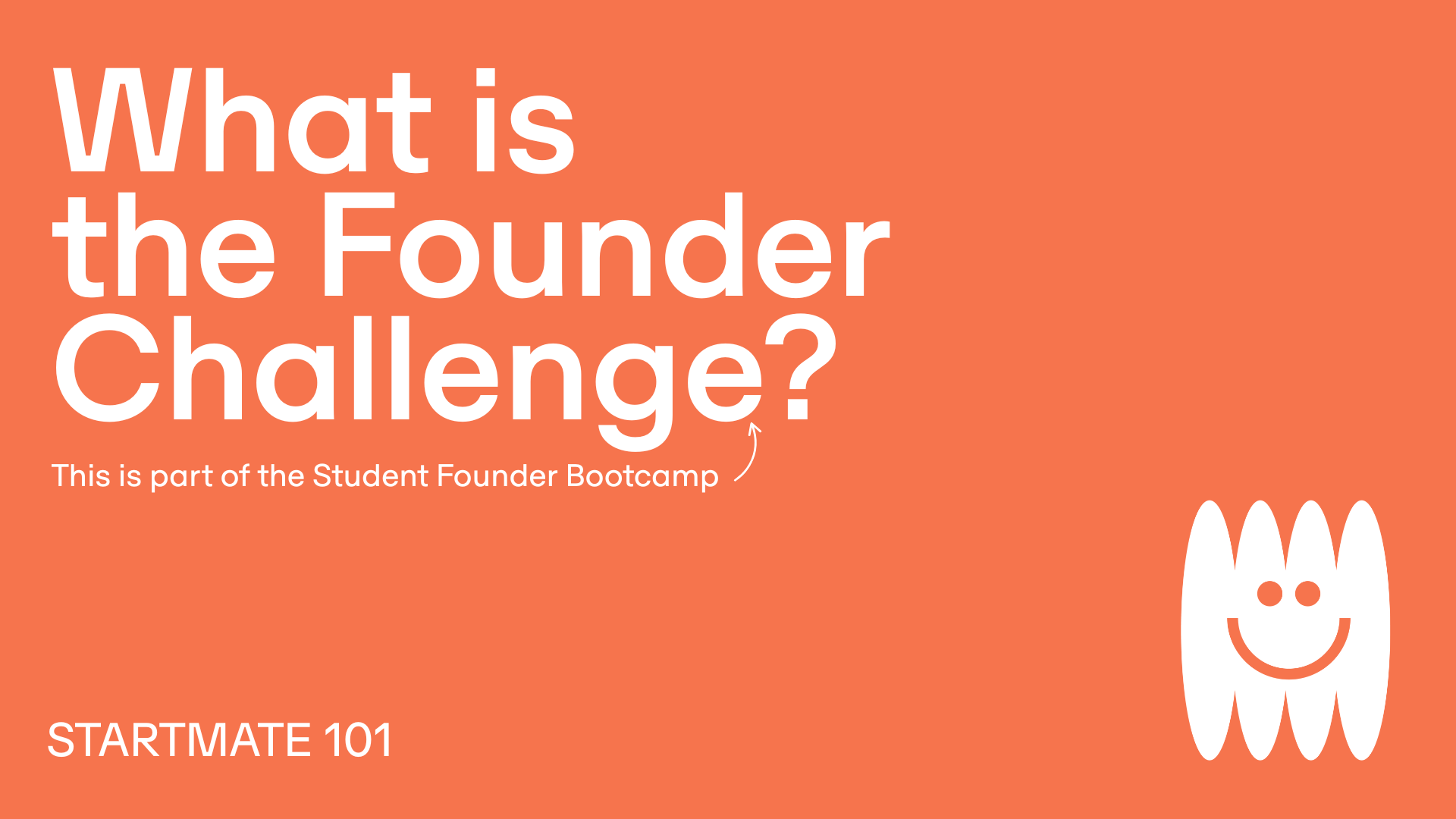As someone very new to the startup industry, my biggest question going into the W21 Student Fellowship was ‘where are my skills relevant within startups?’
Immersed in a cohort of tech, startup, and entrepreneurial experts, I was uncertain how my communications, marketing, and copywriting background was valuable in a technology- and scalability- focused ecosystem.
As a professional creative, I was absolutely drawn to Airtasker Vice President of Design James Nau’s talk, as I was eager to learn more about what a feasible pathway towards the startup industry looked like for creatives.
Having finished his studies in digital media and looking towards the workforce with great ambition, James was met with the global financial crisis and a severely depleted demand for his skillset and creative industries in general.
After years of experience in small boutique design studies and large firms, Airtasker reached out to James, where he had to adjust his hardworking style for the world of fast, exponentially growing startups.
Here are some of the key takeaways I got from the brilliant experiences and humble character of James Nau.
1. One of the best parts of leadership is the ability to empower people to realise the full value of their skills.
James spoke a lot about how leadership should start well before you have corporate seniority and a title, and how it can be showcased daily, in any position, with positive behaviours around how you raise issues, grow your impact and support others within your teams.
This for me, highlighted the importance of your behaviour as a creative — your ability to collaborate and communicate — not just your delivery of final products.
I especially loved James’ emphasis on how this mindset of empowerment extends beyond the team he supervises, but also to the service-industry consumer base of Airtasker as well.
2. “As designers we are problem solvers, negotiators, explorers and creators … Design is more than execution.”
Much of James’ talk was centred around the skills, practices and expectations of those in a high-level design team beyond design skills themselves.
From learning how to identify the right problem, to knowing how to execute the right solution, James discussed the considerations needed around context, impact and resources in identifying what is valuable to solve, and what your capacities to do so are.
We must also consider balance when analysing these constraints — and focus on creating an outcome that serves a purpose for the clients, and not yourself as a creative. Who is in your team? Who are your stakeholders, supervisors, engineers and clients? How will their opinions impact your deliverables? How do you negotiate with respect to yourself and your work? And of course, how do you integrate the needs of the business with the needs of the client in your strategic planning and deliverables?
This distinction can certainly be difficult, especially when you pour time, energy and passion into your work. But this can hurt your ability to meet project briefs, appropriately receive and implement constructive feedback, and to be vulnerable in the way that working for a project needs you to be.
3. First in, is not always best dressed. Take note of your assumptions, and challenge, disprove or validate them before your customer needs to.
James touched on how creative work environments can be highly encouraging for idea generation in a team - as they should be - but that as a professional creative, there is a responsibility to your company and users to be mindful of who your ideas actually serve. Your initial or favourite ideas may be riddled with assumptions, and it's up to you to dig deeper, speak to customers and better understand (validate or invalidate) these assumptions - and ultimately, give conviction to your chosen solution.
There’s also a great joy to going through this process with a team. When you problem-solve as a group, you collectively become invested in understanding the customer's problem, and the importance of solving it. This helps you to push past what may be the designers favorite solution, to what is the going to be the best solution for the target customer or user.
Whilst it can certainly be challenging to operate outside of your comfort zone, and challenge what you already perceive to be high quality work, it facilitates a fantastic experience of community, understanding and connectedness.
This collaborative, critical thinking process, alongside actively pushing yourself as an individual creative, is a fundamental part of a successful design process. Through exploring different approaches, and balancing persistence with not over-investing, you and your team can create something better than you ever expected. As James says, you may need to go back and forth from the drawing board to customer feedback, but you never know when you’re going to hit gold.
“Often the hardest part is, we grow up and are able to make split decisions really quickly, but when it comes to design it's never that quick. There’s a process to it. That design process never tells you when you’re going to hit gold. It gives you conviction that when you follow this design process, you’ll eventually get to that desired outcome. But as explorers, we need to be okay with this ambiguity.”
4. Struggles with monetising your creative trade are less about your creative skill, and more about your ability to project and back your business value.
James encouraged the eager young creatives in the session to confidently speak on the value they provide to clients who engage in their services, such as by highlighting ease of experience, how many changes they get, how they’re briefed, how they engage with you as a creative, the depth in which you understand their business problem, the time you spend, and your deliverables. What are your personal and professional skills, and how do you use them well.
Once you ask questions, and understand in depth what your client’s goals are, you can then better understand your audience and understand what value you should be communicating and creating.
“Don’t change your rate for a client, instead look at how you’re selling the value of what you do.”
5. Imposter syndrome is a doozy, but not an uncommon one.
A lot of the struggles of defining your monetary worth as a creative person also stem from a sense of imposter syndrome.
James spoke about his experiences with those kinds of conflicting emotions throughout various points of his career, and assures that it’s much more common than professionals care to admit.
“Once you hone in on what your unique skills are, your mix becomes your superpower. And when you’re able to leverage those, you are ahead of where you would be without those skills. Your skills can translate to that of design.”
6. There is great benefit in giving yourself a chance.
As our brilliant speaker said, his creative career doesn’t start and end in startups. Despite having a background in brand but not product design, he took up the opportunity with Airtasker and trusted his skills, passion, and determination in a new environment. James also expressed his gratitude for how much he has grown in his design career during his years with Airtasker.
From his beginnings as a Senior Brand Designer, to Design Lead and now the VP of Design for both product and brand design, James has seen that regardless of the level he’s viewing a problem at, above all else, the best solutions presented by designers are the ones for the customers and users, not the team.
One of the most impactful things I took away from James’ talk was that as creatives, we are a powerful storytelling force with an ability to change the world through our craft. Our ability to think dynamically about all the ways we can fix problems, big and small, for clients in our local and global communities is an extraordinary opportunity.
“The great thing about the design industry is that we understand the value of different perspectives and experiences, and get to do something with it.”
This VP has certainly earned his title, and his lessons are applicable to those in and out of the design industry. To me, this in and of itself comments on the dynamism and interconnectedness of the portfolios and professions within the startup industry, and is a welcome encouragement to look for new lessons in places you may least expect them.








